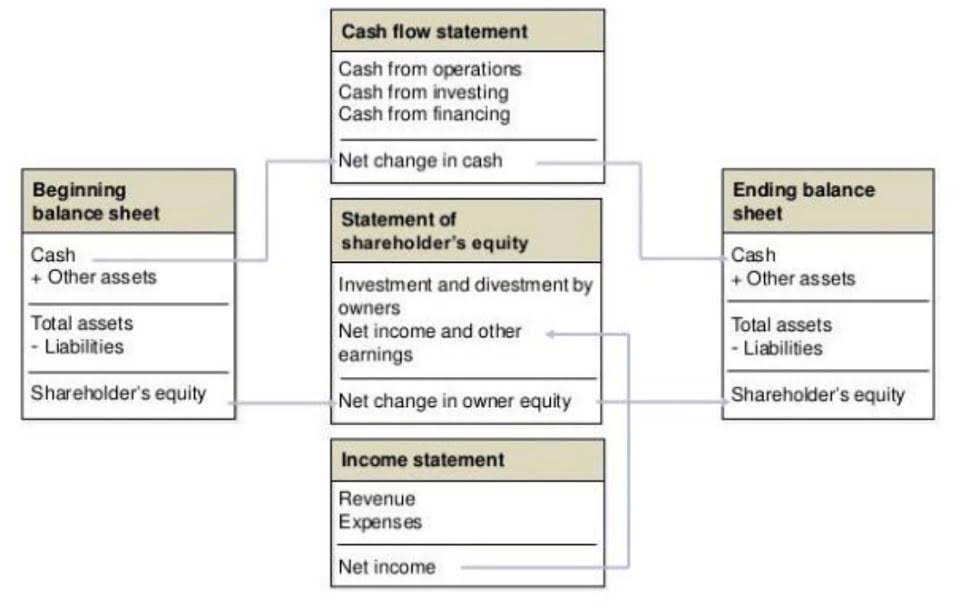
To achieve all three, you need a robust spending strategy company-wide. The real aim of this article is to show you how smart companies manage G&A expenses. These may not be as complex as travel expenses involving lots of transactions, but that’s exactly why you want to make them as simple as possible. They’re charged with ensuring that the company’s finances are under control. Since this doesn’t contribute to sales, it will be a general and administrative expense too. The most obvious electronic expense in modern businesses is of course computers.
The Impact of General and Administrative Expenses on Profitability
Administrative expenses are a crucial part of a company’s sg&a meaning operating costs, covering the indirect costs that help your business run on a day-to-day basis. Unlike sales or production costs, G&A expenses are considered indirect. They don’t directly contribute to generating revenue but are critical for maintaining daily operations. General and administrative (G&A) expenses are the costs that keep a business operational but are not directly tied to producing goods or providing services. These expenses cover the essential back-office functions that support the overall organisation, ensuring it runs smoothly every day. Nevertheless, the company must pay its employees and executives wages and salaries.
Office Furniture

Software and IT are costs related to running any software, including cloud storage, accounting software, other software and fixing IT problems. Professional and legal fees will include solicitors, accountants, and other professionals a business might need to help it run. It is calculated by dividing General & Administrative expenses by Debt to Asset Ratio total revenue earned by the company. G&A is the catch-all for operating expenses that don’t fit neatly into these other categories.
Guide to G&A expenses for your startups
Spendesk provides payment methods for modern businesses, and a powerful platform for finance teams to manage spending. This is sent directly to their manager for validation, and on to the finance team.For finance teamsEach employee has their own Spendesk profile and debit expense card. So unlike the company credit card, you always know who’s spending company money.The platform lets controllers create spending limits and pre-approvals. C-Level executives or managers will have a different level of pre-approved spend from other staff. G&A stands for general and administrative expenses in financial planning and analysis (FP&A).

SG&A
To accurately reflect G&A costs in accounting records, each expense should be categorized as an indirect cost. Common G&A expenses include salaries for executive and administrative personnel, rent for office space, and utilities. They are assessed regularly within financial statements to help evaluate a company’s efficiency and financial health. Monitoring these expenditures is crucial as they affect a company’s operating income and profitability. Tracking general and administrative expenses is essential for budgeting, cost management, and understanding a company’s financial health. General and administrative expenses are part of the business and contribute value to it.

Certain conditions must be satisfied for pass-through FDIC insurance to apply. Deposits in Slash business checking accounts are FDIC-insured through Column N.A., Member FDIC and Column’s Sweep Program Network Banks. For administrative roles like HR, IT, or bookkeeping, outside partners can deliver higher quality at a lower fixed cost than hiring in-house staff. Match bank transactions to statement entries and resolve any differences. Regular reconciliations ensure that your income statements are accurate and compliant. The base (divisor) for each indirect rate has a causal or beneficial relationship to expenses in the pool.
Managing G&A expenses
- In simple terms, these are the daily expenses for conducting business.
- In contrast, SG&A expenses are not directly tied to the production process.
- Overhead pools can be further broken down into onsite and offsite overhead pools.
- Businesses can easily reduce G&A expenses by implementing a proper expense plan and system.
- He has been the CFO or controller of both small and medium sized companies and has run small businesses of his own.
It provides insight into the efficiency of a company’s administrative and overhead functions relative to its overall revenue. For mature companies, a 10–20% SG&A as a percentage of revenue is considered a good SG&A ratio. For startups or high-growth firms, +30–50% is possible due to heavy investment in sales and marketing. A lower SG&A margin might indicate operational efficiency, but too low can mean an underinvestment in growth. Industry-specific benchmarks are important to cash flow recognize here too as retail, tech, and manufacturing all have very different SG&A profiles.
- Set custom spending limits, restrict vendor categories, and monitor transactions as they happen—all from one centralised dashboard.
- These examples reflect the most common expense categories companies allocate to the G&A cost pool.
- They’re charged with ensuring that the company’s finances are under control.
- It’s also important to note that most administrative and general expenses are tax deductible.
- These comprehensive expenses appear on the income statement and include various costs.
- Operating expenses, or OPEXfor short, are the costs involved in running the day-to-day operations of a company; they typically make up the majority of a company’s expenses.
- If the answer is no, then it’s likely that the expense falls under G&A.
Learn what operating margin is, how to calculate it, and why it’s important for business success. However, their impacts are always reflected when the related payments are paid. Professionals should always analyze and review their expenses regularly. This will help you identify the unnecessary expenses that you could reduce. From automated receipt tracking to final expense report – all in one. All the above costs are considered when you think about what G&A is in business.
